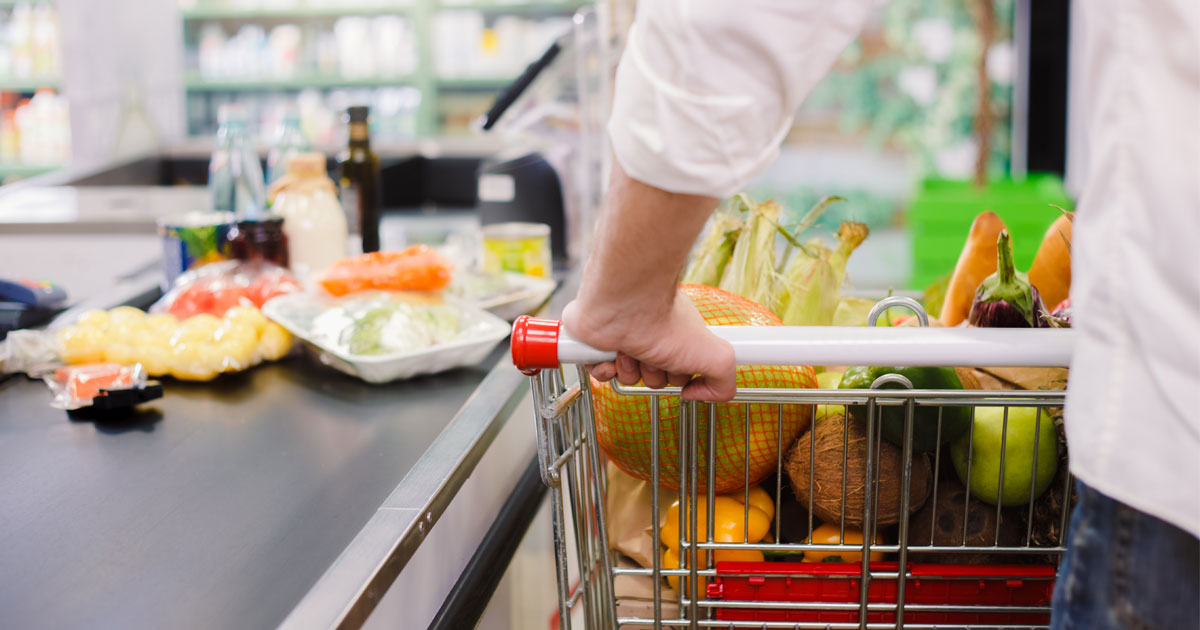You’ve likely peeled countless stickers off fruits and vegetables over the years. But have you ever paused to consider what those numbers actually mean?
Many people assume they’re simply codes for cashiers to enter at checkout, but these numbers hold valuable secrets for consumers, offering information on how the item is grown!
The little stickers found on fruit may not look interesting but each label tells a fascinating story about the fruit’s production process, health implications, and environmental impact.
Let’s dive into what these labels mean so you can make informed decisions on the fruit you’re consuming!
Conventional fruit
Conventional fruit labels refer to fruits grown with traditional farming methods that often include synthetic chemicals, such as fertilizers, pesticides, and herbicides. These methods are widely used to enhance yield, protect crops, and reduce the overall cost of production.
- Use of synthetic chemicals: In conventional farming, chemicals like pesticides and herbicides are applied to protect fruits from pests and diseases. Although these practices can increase crop yield, they may leave residues on the fruit.
- Nutritional quality: Research varies on whether conventional produce is less nutritious than organic. Harvard Health analyzed a study and determined that “organics do have some safety advantages over conventional foods” but “nutritionally speaking they have little extra to offer.”
- Environmentalimpact: Conventional farming has a notable impact on the environment due to the reliance on chemical inputs, which can lead to soil degradation, water contamination, and loss of biodiversity.
These fruits generally carry a four-digit PLU (Price Look-Up) code starting with a three or a four, like 4011.
Genetically modified (GM) fruit
GMO fruits are those that have been genetically altered to introduce specific traits, such as resistance to pests or improved nutritional content. This modification occurs at the DNA level and aims to enhance the fruit’s characteristics for better productivity and resilience.
This type of fruit has the potential to play a vital role in feeding the world’s growing population, particularly in regions facing challenging climates.
In the United States, the U.S. Food and Drug Administration (FDA) regulates all foods from genetically engineered plants. They must meet the same safety requirements as non-GM fruit.
- Genetic engineering: GM fruits undergo DNA modification to make them more resilient to environmental factors like drought or pests.
- Health and safety: Regulatory agencies like the FDA and WHO have stated that GM foods are safe for consumption. However, some consumers prefer to avoid GM foods due to potential long-term health implications and ethical concerns.
- Environmental considerations: GM crops can reduce the need for certain chemical applications, but concerns remain about their impact on biodiversity and the potential for cross-contamination with non-GM crops.
GM fruits are labeled with a five-digit PLU code starting with an 8, like 84131. However, it’s essential to note that in some regions, GM foods may not be distinctly labeled, making it challenging for consumers to identify them directly.
Organic fruit labels
Organic fruit tends to be more expensive and is it really worth it? If you’re looking for higher production standards and environmental benefits associated with organic practices, then the answer is yes!
Labels on organic fruit lets the consumer know that it was grown using methods that prioritize natural processes, avoiding synthetic chemicals. Organic farming is regulated and certified by organizations that enforce strict standards for soil health, biodiversity, and animal welfare. For many, organic fruits represent a commitment to both personal health and environmental sustainability.
The U.S. Department of Agriculture (USDA) has an organic certification program requiring all organic food to meet strict government standards.
“Produce can be called organic if it’s certified to have grown on soil that had no prohibited substances applied for three years prior to harvest. Prohibited substances include most synthetic fertilizers and pesticides,” the USDA reports.
- Chemical-free cultivation: Organic farming prohibits synthetic pesticides and fertilizers, relying instead on natural substances and techniques like crop rotation, composting, and biological pest control.
- Higher nutritional value: According to the Mayo Clinic, “some data shows possible health benefits of organic foods when compared with foods grown using the usual (conventional) process.” But more research is needed to determine the overall nutritional impact.
- Environmental benefits: Organic farming practices promote soil health, conserve water, and encourage biodiversity.
Organic fruits carry a five-digit PLU code beginning with a 9, like 94011. Additionally, organic produce often bears certification labels from recognized organizations like USDA Organic or EU Organic in Europe, confirming the fruit meets organic standards.
Understanding fruit labels can empower consumers to make choices that align with their health and environmental values. By recognizing these labels and their meanings, you can choose the fruits that best suit your preferences and priorities.
We hope this story helps you make more informed decisions when picking out your fruit at the store!
Please share your comments with us and then share this story with your friends so they, too, can better understand those little labels!
